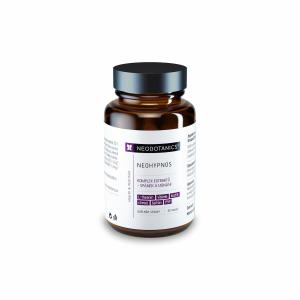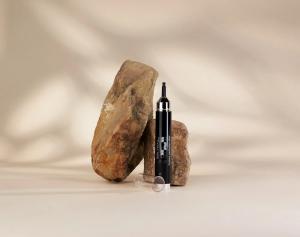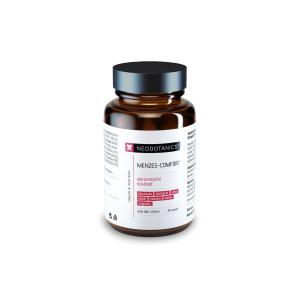Safflower (Safflower)
Other names: Carthamus tinctorius, safflower, Turkish saffron, thistle
Harm score: 1 (Natural substances)
Safflower, also known as Carthamus tinctorius, saflor, Turkish saffron or thistle, is a weedy, annual plant native to the Middle East. This plant is popular for its bright red flowers, which create a beautiful contrast with its light green leaves. It is cultivated in more than sixty countries, mainly for its oil, which is extracted from its seeds.
The oil from the safflower is one of the most sought-after products that this plant has to offer. This oil is rich in linoleic acid, which is beneficial to human health and is therefore often used in the food industry. Safflower is also an important ingredient in the production of margarines and sunflower oils. Another use of safflower is in cosmetic products - due to its high vitamin and antioxidant content, the oil from this plant is often used in facial cosmetics, shampoos and other body care products. The safflower flowers themselves are traditionally used to make natural henna dye for hair and textiles. Safflower flowers also give off an orange to red dye that is often used to dye silk and cotton.
Safflower (Safflower) can be found in the following products

Neohypnos (60 capsules) - for restful sleep and falling asleep
Product detail
Sleep support - natural sleep support, 60 capsules
Product detail
Eye and Lip Contour Firming Cream/Contour Perfection Elixir 15 ml
Product detail
Menzes-Comfort (60 capsules) - for comfort during menstruation
Product detail
Skin Food Body Lotion 200 ml
Product detail